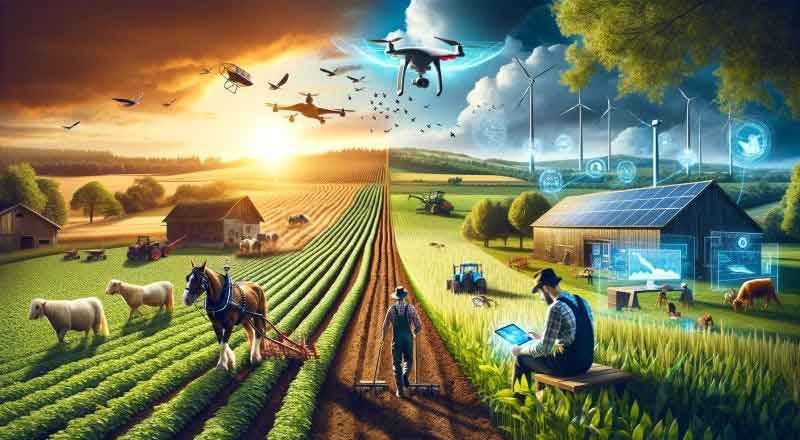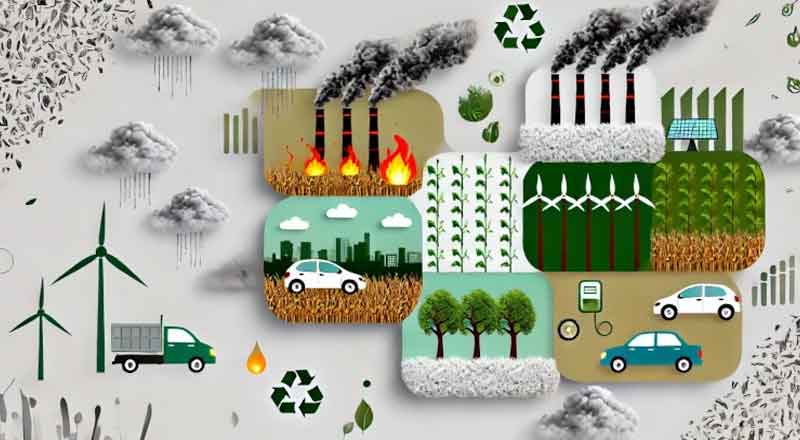New Delhi: In a significant move towards transforming the agricultural sector, the Union Cabinet Committee chaired by Prime Minister Narendra Modi has approved the Digital Agriculture Mission with a budget of Rs. 2817 Crore. The central government will contribute Rs. 1940 Crore to this initiative. The Mission is designed as an umbrella scheme to support various digital agriculture initiatives, including the creation of Digital Public Infrastructure (DPI), implementation of the Digital General Crop Estimation Survey (DGCES), and other IT initiatives led by the Central and State Governments, as well as academic and research institutions.
A Step Towards a Digital Revolution in Agriculture
India’s digital revolution has already reshaped governance and service delivery in sectors like finance, healthcare, education, and retail. The government now aims to bring a similar transformation to the agricultural sector. The Digital Agriculture Mission is aligned with the vision of Viksit Bharat@2047 and aims to establish a robust digital ecosystem that will benefit farmers across the country.
The Mission will focus on building three key Digital Public Infrastructures (DPIs) for agriculture:
- AgriStack: A comprehensive, farmer-centric digital infrastructure that will enable faster and more efficient service and scheme delivery to farmers. AgriStack will include three foundational registries: the Farmers’ Registry, Geo-referenced village maps, and the Crop Sown Registry. These will be maintained by State Governments/Union Territories. A unique ‘Farmer ID’ will be created for each farmer, linking their identity to land records, livestock ownership, crops sown, demographic details, family details, and schemes and benefits availed.
- Krishi Decision Support System: A digital system aimed at providing timely and reliable information to support decision-making in the agricultural sector.
- Soil Profile Mapping: A digital platform that will map soil profiles to assist in making informed decisions about soil health and crop management.
Implementation and Future Targets
To implement the DPI for Agriculture, the Centre is signing Memorandums of Understanding (MoUs) with State Governments. So far, 19 States have signed these MoUs. The basic IT infrastructure for AgriStack has already been developed and tested on a pilot basis in several states, including Uttar Pradesh, Gujarat, Maharashtra, Haryana, Punjab, and Tamil Nadu.
Key targets for the Mission include:
- Creation of Farmer IDs: The government aims to create digital identities for 11 crore farmers over the next three years, with six crore IDs targeted for FY 2024-25, three crore for FY 2025-26, and two crore for FY 2026-27.
- Development of the Crop Sown Registry: A nationwide Digital Crop Survey will be launched, with 400 districts covered in FY 2024-25 and all districts covered by FY 2025-26.
Conclusion
The Digital Agriculture Mission represents a significant step towards modernizing India’s agricultural sector by leveraging digital technology. By providing farmers with comprehensive and useful data, the Mission aims to enhance agricultural productivity, improve service delivery, and ultimately contribute to the nation’s goal of becoming a developed economy by 2047.





